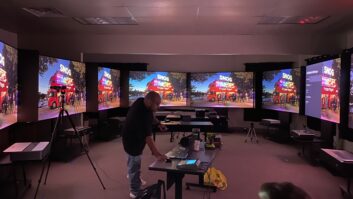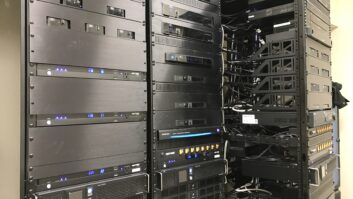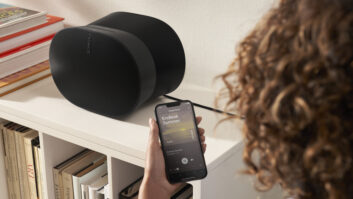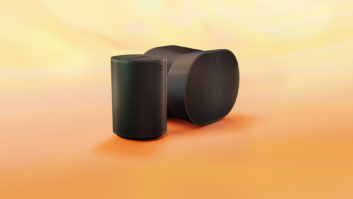Like any new technology, IP video captures the imagination and delights the senses. But when the euphoria dies down, we often get the question, Why IP video? The answer, simply stated, is that its the best. Why is it the best? The products and solutions it delivers are evaluated on a multitude of criteria such as performance, flexibility and scalability, ease of installation, and value. Taken together, IP video is simply the optimal solution.
As the expert to the end user, you already understand that video sources are going digital, just as audio did. You have new services like AT&T U-Verse and VUDU, Blu-ray video, and new products like video servers from just about every server manufacturer. So your customers will start to look to you for answers on how to deliver video content over a network. But when you look at IP video, how do you explain the difference between a $300 media streamer from your local electronics retailer and a $3,000 IP video solution from the custom market? Looking at the requirements of your customer will give you that answer and explain the rationale for choosing IP video for all your installations going forward.
Quality Matters
IP video in the custom residential market cannot be a best efforts product. In other words, there cannot be video glitches, audio lip sync issues, and definitely no video compression that degrades the picture. The IP video solutions available to you in the residential market today can deliver on these requirements, as well as on synchronization and uncompressed HD. Other features that you should look for include adjustable audio/video delay to account for latency introduced by large displays. If the solution you choose cant deliver video this way, then its time to look elsewhere.
Talking Audio
However, youre not done yet. Video is only half the solution. What about your audio? Audio comes in multiple flavors and whatever gear you use needs to support those flavors. Sometimes the HD content is being played to a home theater zone with a receiver, so multi-channel audio is needed, other times its being played to a bedroom and the audio is delivered through the TVs speakers. The solution you pick must have the flexibility to deliver the right type of audio with the video.
Flexible Remotes
Finally, you cant just deliver audio and video without controlling the systemyou also need to control the display and the source. How you control them is your choiceIR, RS-232, or IPbut do try to go for devices with discrete commands for things like ON and OFF to help make the system that much more flexible. With discrete controls you can allow your homeowner to control a TV and source via an IR remote or a touchpanel or both. This is what I call having the system work the way you live, rather than you living the way the system works.
In addition to these basic controls, you will want to consider things like motorized shades, lifts for displays, and other environmental elements that are part of the custom experience youre trying to deliver. IP video decoders, believe it or not, should allow you to do this when you press the ON button for a particular room.
So, lets recap the best IP video elements:
- Great video, uncompressed HD, adjustable latency between audio and video, display synchronization
- The right audio for the right display, multichannel or stereo
- Control of the sources, control of the displays, control of the environment.
Any question about the difference between the $300 media player and the $3000 IP Video solution should be answered.
Distribution Solutions
But what about the folks who are wondering whether the matrix switch is the right answer for video distribution? Well, lets consider the system elements weve discussed above. If you want audio, video, and control with a traditional system you have two or three discrete systems that need to be integrated, wiring for video, speaker wire, wiring for the control signals. Then youve got programming of the system. So while youre messing around running multiple cables, tying together disparate systems, and lets not forget troubleshooting, you could have been done with your first IP video installation. Of course, in the spare time that you have accumulated, youd be selling and installing your second IP video system while your competition is left in the dust. IP video makes business sense for you as the integrator and delivers the experience your customers want. Dont wait, its happening now!







